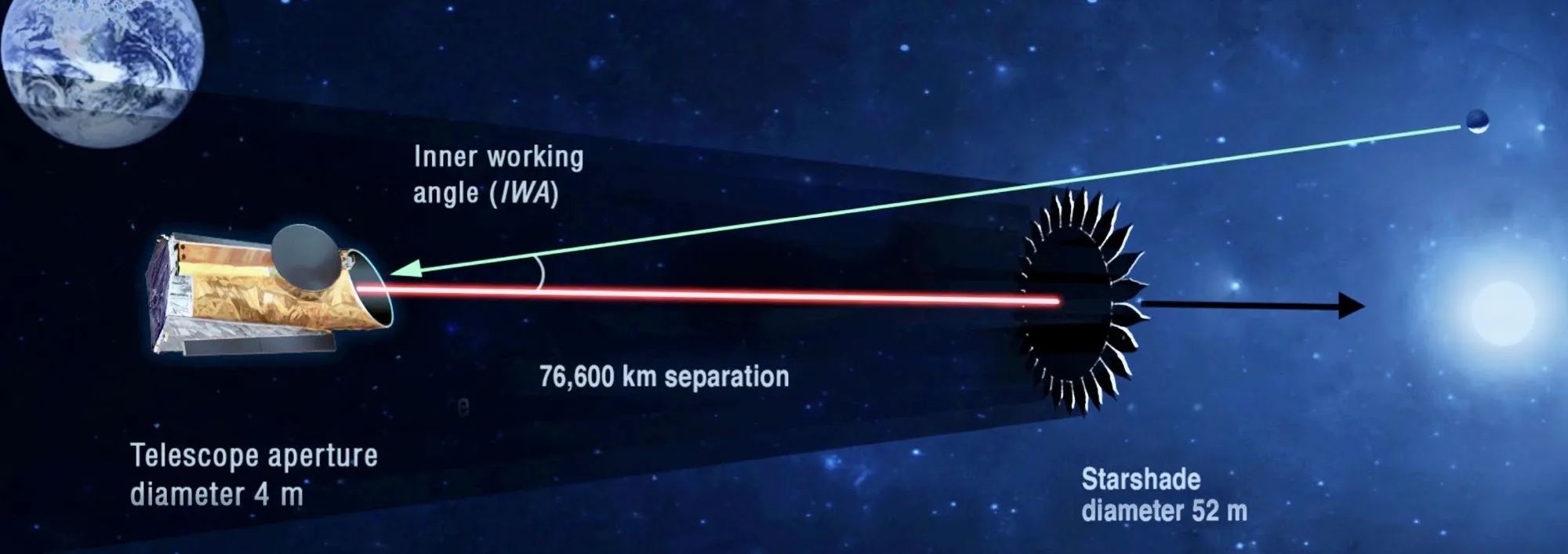One of the first observational tests of general relativity was that the path of light bends in the presence of mass. Not only refracts the way light changes direction as it enters glass or other transparent materials, but bends along a curved bath. This effect is central to a range of physical phenomena, from black holes to gravitational lensing to observations of dark matter. But because the effect is so tiny on human scales, we can’t study it easily in the lab. That could change in the future thanks to a new discovery using distorted photonic crystals.
Continue reading “This Photonic Crystal Bends Light Like a Black Hole”An Ambitious New Technology Might be Needed to See Other Earths
The race is on to discover truly habitable Earth-like worlds. While we are starting to observe the atmospheres of large potentially habitable planets such as Hycean worlds with the telescopes we currently have, the most significant breakthroughs will likely come with the development of advanced specialized telescopes. These new designs will likely use a starshade to hide the glare of a star and allow us to directly observe its exoplanets. But will that be enough to study distant terrestrial planets?
Continue reading “An Ambitious New Technology Might be Needed to See Other Earths”

